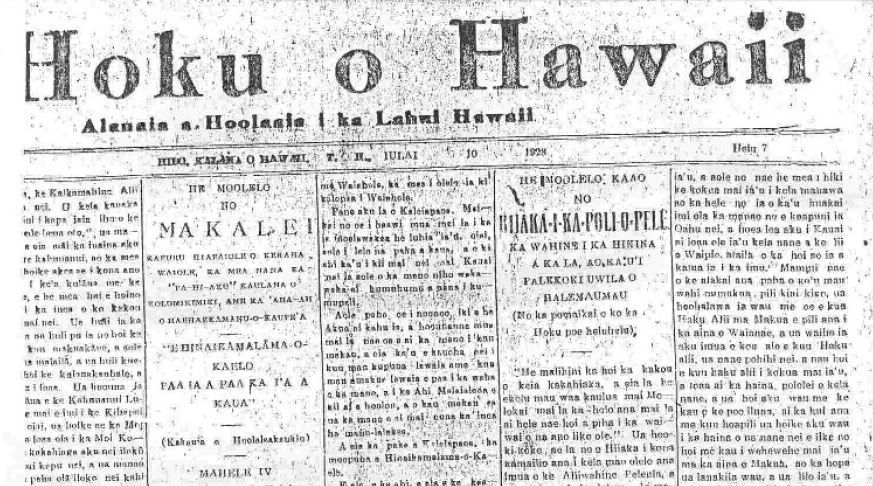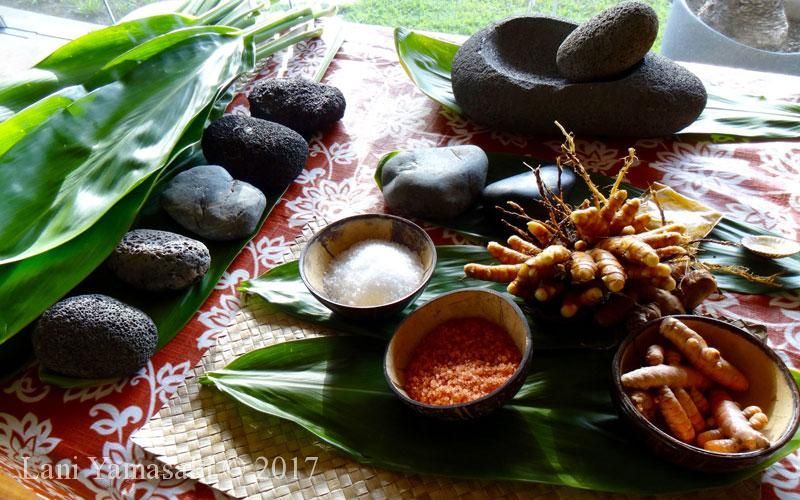The Hawaiian Language: Basic Phrases and Cultural Significance
This is paragraph text. Click it or hit the Manage Text button to change the font, color, size, format, and more. To set up site-wide paragraph and title styles, go to Site Theme.
The Hawaiian language, known as ʻŌlelo Hawaiʻi, is not only the official language of the State of Hawaii but also holds immense cultural significance. It is a Polynesian language and one of the few indigenous languages in the world that has experienced a revitalization in recent years.

Exploring the Basics and Cultural Significance of the Hawaiian Language
In this article, we will explore the basics of the Hawaiian language, delve into some common phrases, and discuss the cultural significance of preserving and learning this beautiful language.
1. History and Background of the Hawaiian Language
The Hawaiian language has a rich history that dates back centuries. It originated from the Polynesians who settled in the Hawaiian Islands, bringing their unique language, culture, and traditions. For many years, the Hawaiian language was solely oral, with no written form. However, in the 19th century, Western missionaries developed a written alphabet, known as the Hawaiian alphabet, based on Latin script, enabling the language to be written down.
2. Revitalization Efforts
Unfortunately, like many indigenous languages, the Hawaiian language faced a decline in the 20th century due to colonization, westernization, and the suppression of indigenous cultures. However, in the late 20th century, efforts were made to revitalize the language. Hawaiian language immersion schools were established, and initiatives were launched to promote the use of Hawaiian in various aspects of daily life, such as in government, media, and the arts.
3. Basic Phrases in Hawaiian
Learning a few basic phrases in Hawaiian can be a wonderful way to connect with the culture and people of Hawaii. Here are some essential phrases to get you started:
- Aloha - This is perhaps the most well-known Hawaiian word. It means both "hello" and "goodbye," but it carries a deeper meaning of love, compassion, and connection.
- Mahalo - This word means "thank you." It is important to express gratitude, and using "mahalo" will show your appreciation.
- E komo mai - This phrase means "welcome." It is often used to greet visitors and make them feel at home in the islands.
- Pehea 'oe? - This phrase translates to "how are you?" and is a common way to ask someone about their well-being.
- E pili mau na pomaika'i ia 'oe - This beautiful phrase means "may blessings always be with you." It is often used as a farewell wish.
4. Cultural Significance of the Hawaiian Language
The Hawaiian language holds great cultural significance for the people of Hawaii. It serves as a vehicle for preserving and passing on indigenous knowledge, traditions, and values from one generation to the next. The language is deeply intertwined with Hawaiian culture, including hula, music, chants, and storytelling. By learning the language, individuals can gain a deeper understanding of the Hawaiian way of life and the unique perspectives of the indigenous people.
Furthermore, the revitalization of the Hawaiian language plays a vital role in the broader cultural resurgence of Hawaiian identity. It is a symbol of cultural pride, self-determination, and the reclaiming of indigenous rights. Preserving and promoting the Hawaiian language helps to counteract the historical injustices faced by the Hawaiian people and supports the overall well-being of the indigenous community.
5. Resources for Learning Hawaiian
If you are interested in learning the Hawaiian language, there are various resources available to help you on your journey. Here are a few recommendations:
- Hawaiian Language Immersion Schools - These schools offer full immersion programs where students learn all subjects in Hawaiian. They provide a comprehensive and immersive learning experience.
- Online Courses and Apps - There are several online courses and language learning apps that offer Hawaiian language lessons. These resources provide flexibility and convenience for those who prefer self-paced learning.
- Community Classes - Many communities in Hawaii offer Hawaiian language classes for both locals and visitors. These classes provide opportunities for in-person learning and interaction with native speakers.
- Books and Dictionaries - There are numerous books and dictionaries available that can assist in learning the Hawaiian language. These resources provide grammar explanations, vocabulary lists, and practice exercises.
Conclusion
The Hawaiian language is not just a means of communication; it is a key to unlocking the rich culture and heritage of the Hawaiian people. By learning basic phrases and immersing ourselves in the language, we can show our respect for the culture and contribute to its preservation. As the Hawaiian language continues to thrive and flourish, it strengthens the cultural fabric of Hawaii and serves as a reminder of the resilience and vitality of indigenous languages worldwide. So, embrace the spirit of aloha and embark on a journey to learn the Hawaiian language. E pili mau na pomaika'i ia 'oe (may blessings always be with you) on your language learning adventure!














